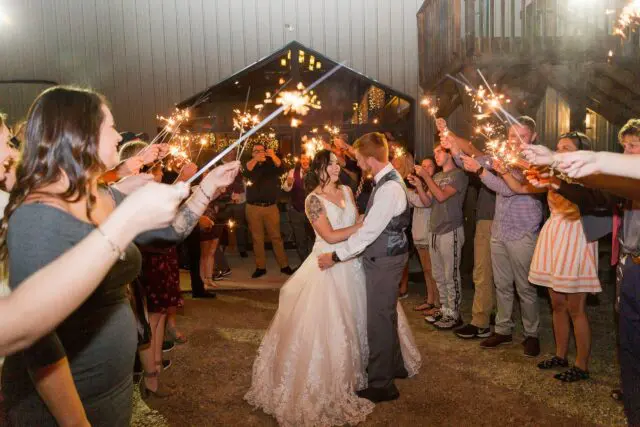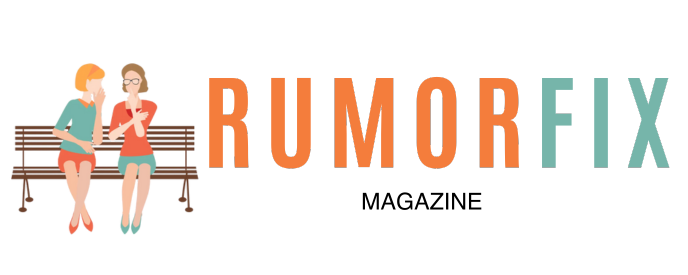
Let’s get straight to it: the average wedding in Canada costs anywhere between $20,000 to $30,000. That’s not pocket change. Whether you’re planning a big bash or keeping it small and sweet, building a solid budget from the jump is what keeps the excitement high and the stress levels low.
So yeah, you need a budget. Not to suck the joy out of things, but to give you a real shot at getting the wedding you want without waking up in a cold sweat three months after the honeymoon.
Start With Your Total Number

First thing: figure out how much you’re working with overall. Not hypothetically, but in actual dollars.
Are parents contributing? Are you and your partner splitting the costs? Is any of it going on a credit card or line of credit (ideally not, but sometimes that’s reality)? Put it all on the table.
You’ll want to know:
- Total cash available
- Any monthly saving contributions between now and the wedding
- External financial help (family, friends)
Once you’ve got your number, it’s time to slice that pie.
Break It Down by Category

Here’s where things start to feel real. And yeah, it can get a little overwhelming, but you’re not alone in this.
Start with the big-ticket categories:
| Category | % of Budget (Typical) |
| Venue + Catering | 40-50% |
| Photography/Video | 10-15% |
| Attire | 5-10% |
| Flowers/Decor | 5-10% |
| Music/Entertainment | 5-10% |
| Planner/Coordination | 5-8% |
| Stationery | 2-3% |
| Miscellaneous | 5-10% |
Not every wedding needs every category, so feel free to shift those numbers around. For example, if you’re hosting at a family farm, venue costs drop dramatically, freeing up funds for killer food or that band you’ve always wanted.
Pro tip: set aside at least 5% for “just in case” stuff. Broken heel, last-minute weather backup tent, cousin suddenly RSVPs with a plus-one. It happens.
Prioritize Like a Pro
Now that your categories are sorted, talk through what matters most. Is it the food? The photos? That afterparty with a live saxophonist?
Rank your top three priorities together. You’re not just making a list, you’re building a roadmap for what gets the biggest piece of the pie.
Don’t know where to find what things should cost? Check a local wedding directory for average vendor rates, reviews, and what’s trending in your area. It beats scrolling blindly through Instagram and guessing if that cake was $200 or $2,000.
Track Every Dollar

You need a spreadsheet. Or a budget app. Or a notebook that you actually use. Just something.
Every quote, deposit, balance due—track it. Once contracts start rolling in, it’s easy to forget you already spent $1,000 on candles (yes, really).
Include columns for:
- Estimated cost
- Actual cost
- Deposit paid
- Balance due
- Payment deadlines
This makes it way easier to adjust in real-time if something comes in under (or, let’s be honest, over) budget.
Be Ready to Pivot

Prices go up. Vendors book out. The weather gets moody. Having a budget doesn’t mean things will go exactly as planned, but it does give you a place to make smart adjustments.
Say your ideal photographer is $1,000 over what you planned. You might decide to cut back on florals or skip favors altogether. It’s all about balance.
Final Thoughts
A wedding budget isn’t a cage—it’s a game plan. One that lets you spend where it matters and save where it doesn’t. Give yourself a strong foundation now, and you’ll actually enjoy the planning process (and the wedding itself) way more.
So grab your numbers, talk it out, make your spreadsheet, and build a day that feels like you without financial whiplash.













